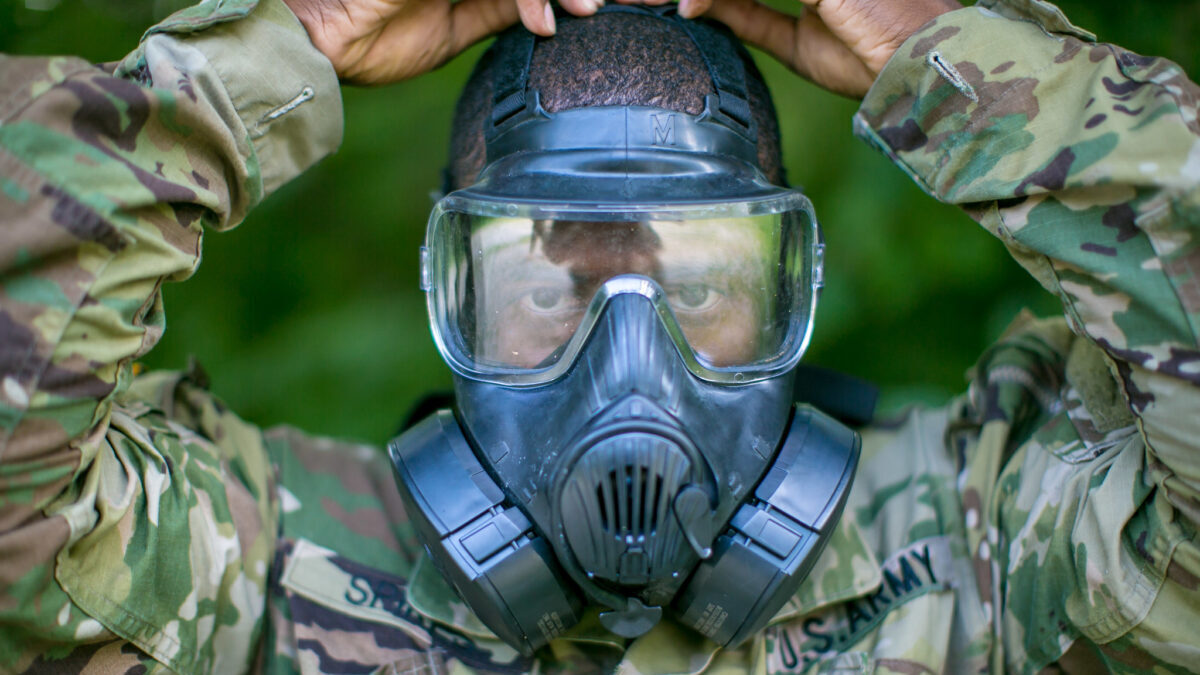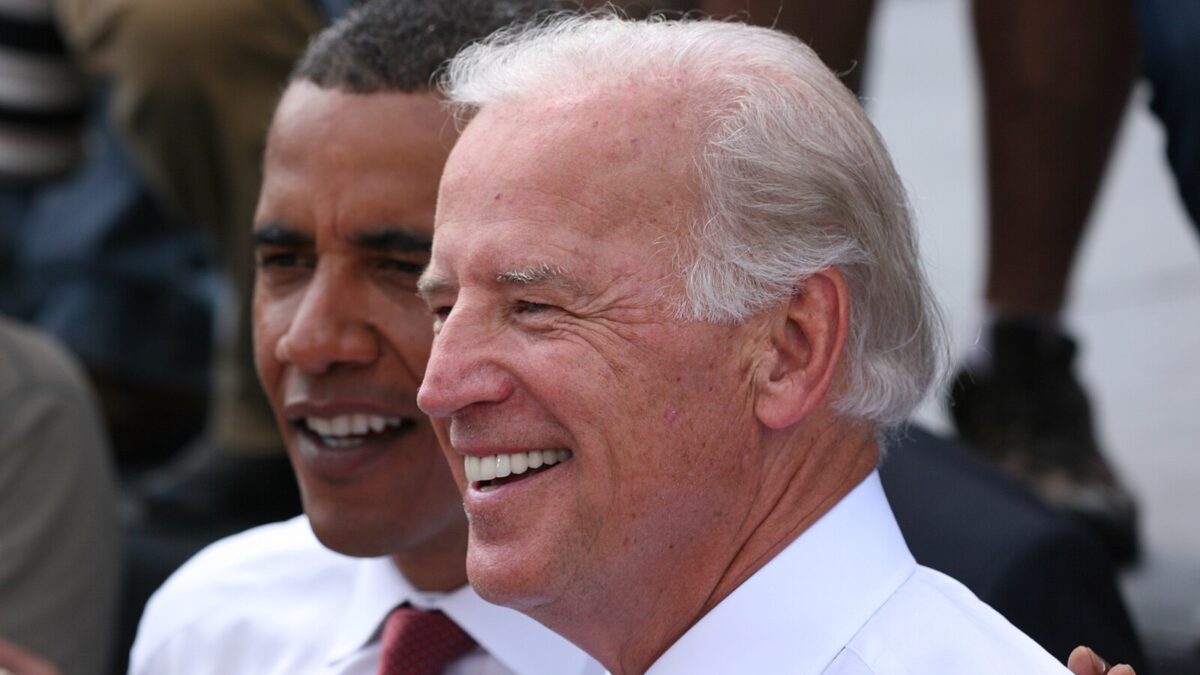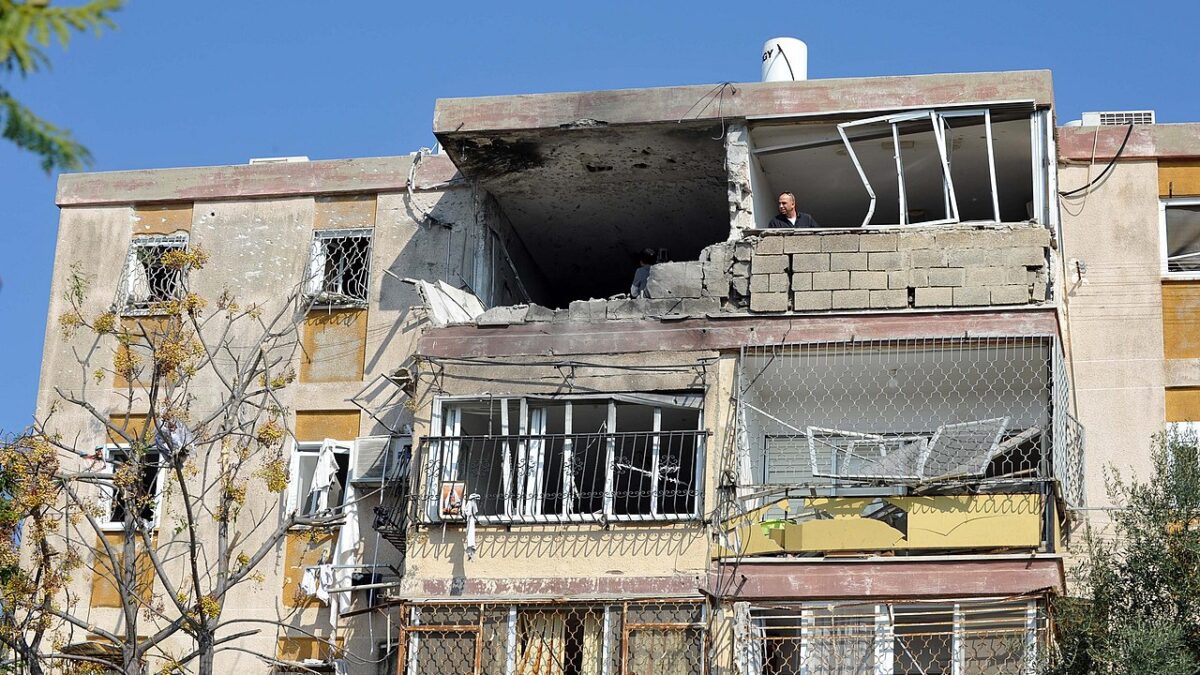The number of annual fatalities from war has dropped precipitously since the end of World War II, despite the number of actual conflicts having increased significantly. That unprecedented development has been correctly linked to the formidable deterrent power of the nuclear forces of the United States and its allies France and the United Kingdom, a deterrent that may now be diminishing just when the U.S. has achieved a political consensus to begin a new round of necessary nuclear modernization.
Since World War II, U.S. nuclear and conventional weapons have successfully deterred direct war between great powers, but the current strategic balance is now coming under great stress.
One key strategic guardrail was the U.S. goal of exceeding the power of our adversaries, especially with nuclear deterrence. But as retired U.S. Air Force Gen. Garret Harencak warned more than a decade ago, the post-Cold War, decades-long failure by the U.S. to modernize, what he described as embarking on a “holiday from history” has real-world consequences.
One worrisome development was former Russian President Dmitry Medvedev concluding last week that if Russia used nuclear weapons in Ukraine, the U.S. would be too scared to respond.
How did this come about?
Four Key Developments
During our “holiday from history,” four things happened.
First, there has been what Adm. Charles Richard described as a “breathtaking” Chinese nuclear build-up, during which U.S. policymakers insisted China’s rise was “peaceful.”
Second, Russia decreed in 1999 that it would build more useable, accurate, discriminate, and shorter-range nuclear weapons in pursuit of a strategy to threaten to escalate from a conventional conflict to the nuclear level. This “escalate to win strategy” aims to keep the U.S. out of the fight altogether, a strategy that appears to be bearing fruit.
Third, while U.S. strategic nuclear modernization is now robustly underway, our shorter range and smaller theater nuclear capability had previously been jettisoned and withered, and still remains vastly inferior to that of Russia and even China.
And fourth, Russia invaded Ukraine in both 2014 and 2022, for which we should have been but were not prepared, especially given the U.S. and United Kingdom both pledged to support Ukraine as far back as 1994.
Such U.S. mistakes have led to a number of further nuclear developments that are flashing red on the warning screens of our military commanders.
Russia’s Strategy
As the U.S. has witnessed, the Russian invasion of Ukraine has been accompanied by an unprecedented number of explicit threats by Moscow to use nuclear weapons against the U.S. and its allies, and apparently, those have successfully deterred the U.S. from directly intervening militarily.
Although U.S. nuclear modernization is thankfully moving quickly forward, the actual deployments remain at least a half-decade away, while new theater forces such as submarine-launched cruise missiles will be ready only later in the next decade.
Adding further complications to the strategic environment, the combined Chinese and Russian nuclear buildup calls into question the viability of the 2010 New START II arms agreement and the 1550 warhead limit under which the U.S. must operate. For the first time in more than four decades, the U.S. has to seriously contemplate whether to “build back-up” beyond the New Start ceilings.
Our Options
What then is the United States to do? Our options aren’t great but here they are.
Our New START treaty force structure restricts the U.S. “hedge.” We can add roughly an additional 1,500 sea- and land-based missile warheads to our arsenal, or double what we have now, but it would take four years to accomplish. Such a force might not even match the new Chinese warheads based in 360 silos.
As for building more accurate or lower yield nuclear warheads for theater systems, an explicit presidential finding is required that such a weapon is needed, an admittedly controversial decision that probably would be characterized by opponents as supporting a nuclear “warfighting” (bad) and not “deterrence” goal (good), the former being characterized by using nuclear weapons to actually fight a war while the latter is only a threat to retaliate.
Much U.S. conventional and nuclear modernization will take place in the next decade. In the meantime, our enemies are not going to graciously wait around for us to get our act together. U.S. conventional weapons are having a positive effect in reducing Moscow’s aggression against Ukraine — for now. But every assumed U.S. conventional military success turns to failure should Russian President Vladimir Putin use nuclear weapons against Ukraine and its allies. U.S. wargames and table-top exercises have confirmed the U.S. would under the current military balance fail to achieve a favorable outcome if nuclear weapons were introduced into the conflict by Russia.
Many Unknowns
To summarize, the current geostrategic landscape does not favor the United States. Due to our force structure, we lack arms control leverage to get Russia to agree to a good deal such as limiting or banning multiple warheads, a proposal Russia has previously rejected.
If a conflict goes nuclear with the first use of highly accurate, low-yield Russian weapons, the U.S. and its allies have limited options with which to respond, as our Europe-based gravity bombs and platforms from which they are launched have to fly through enemy territory and avoid air defenses. Whether cyber and advanced conventional capabilities can fill that gap is not fully known.
We also have no guarantee any military conflict will remain at the conventional level, where the U.S. has at least a good chance of stopping Russian aggression.
For now, the U.S. and its allies are primarily trying to decide whether Putin’s nuclear threats are largely bluff, and we are stuck not knowing whether our warnings to avoid nuclear escalation are taken seriously.









